Suzuki S-Cross vs VW Polo – Differences & prices compared
Two cars, one duel: Suzuki S-Cross meets VW Polo.
Which one wins in performance, efficiency and value for money? Find out now!
Costs and Efficiency: When it comes to price and running costs, the biggest differences usually appear. This is often where you see which car fits your budget better in the long run.
VW Polo has a evident advantage in terms of price – it starts at 17000 £, while the Suzuki S-Cross costs 21800 £. That’s a price difference of around 4761 £.
Both cars consume an average of 5.10 L per 100 km – no difference here.
Engine and Performance: Under the bonnet, it becomes clear which model is tuned for sportiness and which one takes the lead when you hit the accelerator.
When it comes to engine power, the VW Polo has a clearly perceptible edge – offering 207 HP compared to 129 HP. That’s roughly 78 HP more horsepower.
In acceleration from 0 to 100 km/h, the VW Polo is clearly quicker – completing the sprint in 6.50 s, while the Suzuki S-Cross takes 9.50 s. That’s about 3 s faster.
In terms of top speed, the VW Polo performs slightly better – reaching 240 km/h, while the Suzuki S-Cross tops out at 195 km/h. The difference is around 45 km/h.
There’s also a difference in torque: VW Polo pulls evident stronger with 320 Nm compared to 235 Nm. That’s about 85 Nm difference.
Space and Everyday Use: Beyond pure performance, interior space and usability matter most in daily life. This is where you see which car is more practical and versatile.
Both vehicles offer seating for 5 people.
In curb weight, VW Polo is to a small extent lighter – 1143 kg compared to 1280 kg. The difference is around 137 kg.
In terms of boot space, the Suzuki S-Cross offers somewhat more room – 430 L compared to 351 L. That’s a difference of about 79 L.
In maximum load capacity, the Suzuki S-Cross performs hardly perceptible better – up to 1230 L, which is about 105 L more than the VW Polo.
When it comes to payload, VW Polo to a small extent takes the win – 457 kg compared to 405 kg. That’s a difference of about 52 kg.
Who comes out on top?
Overall, the VW Polo shows itself to be is largely superior and secures the title of DriveDuel Champion.
It convinces with the more balanced overall package and proves to be the more versatile choice for everyday use.
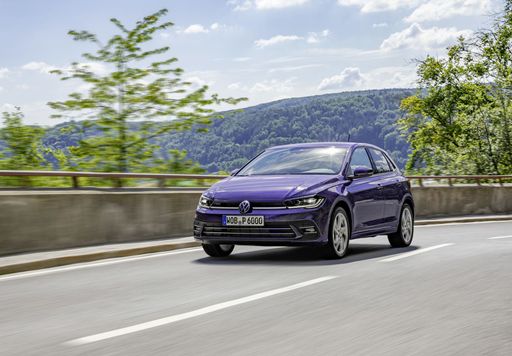
VW Polo
Suzuki S-Cross
The Suzuki S-Cross emerges as a versatile crossover, blending urban agility with a rugged presence suited for diverse terrains. Its design combines sleek, modern aesthetics with practicality, offering a spacious interior that comfortably accommodates passengers and cargo for varied journeys. Drivers will appreciate the advanced technology features that enhance both driving pleasure and safety, making the S-Cross a well-rounded option for those seeking reliability and style in a compact SUV.
details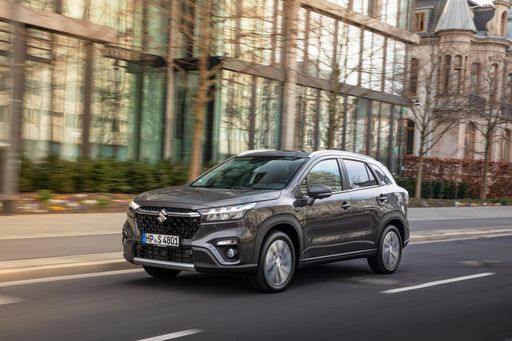 @ Suzuki
@ Suzuki
 @ Suzuki
@ Suzuki
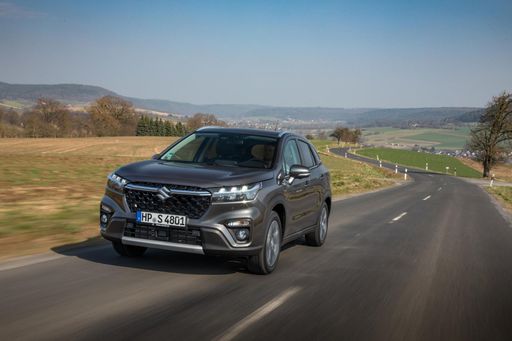 @ Suzuki
@ Suzuki
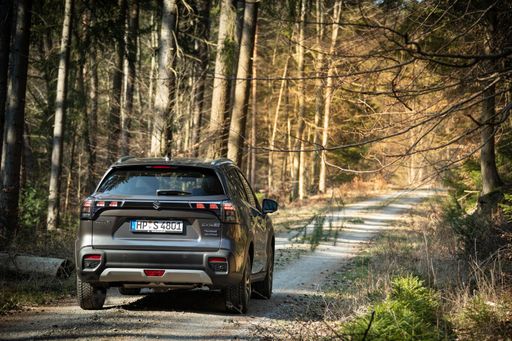 @ Suzuki
@ Suzuki
 @ Suzuki
@ Suzuki
 @ Suzuki
@ Suzuki
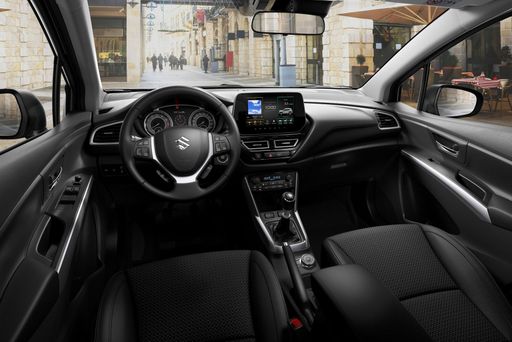 @ Suzuki
@ Suzuki
VW Polo
The VW Polo remains a popular choice in the compact car segment, known for its sleek design and sophisticated styling. Inside, it offers a surprisingly spacious cabin with high-quality materials and intuitive technology features, ensuring a comfortable driving experience. Its agile handling and responsive performance make it an excellent option for both city commuting and longer journeys.
details @ Volkswagen
@ Volkswagen
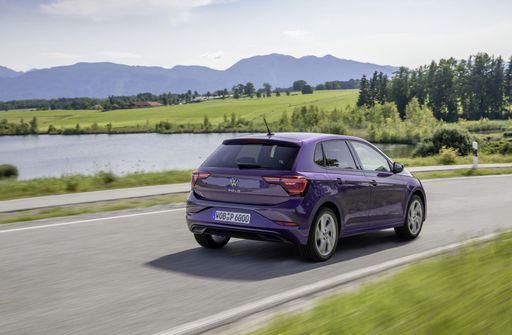 @ Volkswagen
@ Volkswagen
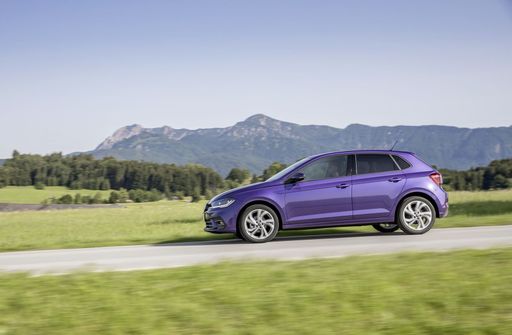 @ Volkswagen
@ Volkswagen
 @ Volkswagen
@ Volkswagen
 @ Volkswagen
@ Volkswagen
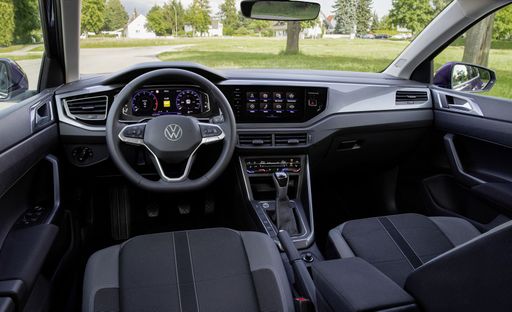 @ Volkswagen
@ Volkswagen

|

|
|
|
|
Costs and Consumption |
|
|---|---|
|
Price
21800 - 33700 £
|
Price
17000 - 30400 £
|
|
Consumption L/100km
5.1 - 5.8 L
|
Consumption L/100km
5.1 - 6.5 L
|
|
Consumption kWh/100km
-
|
Consumption kWh/100km
-
|
|
Electric Range
-
|
Electric Range
-
|
|
Battery Capacity
-
|
Battery Capacity
-
|
|
co2
116 - 131 g/km
|
co2
116 - 148 g/km
|
|
Fuel tank capacity
47 L
|
Fuel tank capacity
40 L
|
Dimensions and Body |
|
|---|---|
|
Body Type
SUV
|
Body Type
Hatchback
|
|
Seats
5
|
Seats
5
|
|
Doors
5
|
Doors
5
|
|
Curb weight
1280 - 1435 kg
|
Curb weight
1143 - 1378 kg
|
|
Trunk capacity
430 L
|
Trunk capacity
351 L
|
|
Length
4300 mm
|
Length
4074 mm
|
|
Width
1785 mm
|
Width
1751 mm
|
|
Height
1580 mm
|
Height
1431 - 1451 mm
|
|
Max trunk capacity
1230 L
|
Max trunk capacity
1125 L
|
|
Payload
375 - 405 kg
|
Payload
432 - 457 kg
|
Engine and Performance |
|
|---|---|
|
Engine Type
Full Hybrid, Petrol MHEV
|
Engine Type
Petrol
|
|
Transmission
Automatic, Manuel
|
Transmission
Manuel, Automatic
|
|
Transmission Detail
Automated Manual, Manual Gearbox
|
Transmission Detail
Manual Gearbox, Dual-Clutch Automatic
|
|
Drive Type
Front-Wheel Drive, All-Wheel Drive
|
Drive Type
Front-Wheel Drive
|
|
Power HP
116 - 129 HP
|
Power HP
80 - 207 HP
|
|
Acceleration 0-100km/h
9.50 s
|
Acceleration 0-100km/h
6.5 - 15.6 s
|
|
Max Speed
175 - 195 km/h
|
Max Speed
171 - 240 km/h
|
|
Torque
235 Nm
|
Torque
93 - 320 Nm
|
|
Number of Cylinders
4
|
Number of Cylinders
3 - 4
|
|
Power kW
85 - 95 kW
|
Power kW
59 - 152 kW
|
|
Engine capacity
1373 - 1462 cm3
|
Engine capacity
999 - 1984 cm3
|
General |
|
|---|---|
|
Model Year
2024
|
Model Year
2024 - 2025
|
|
CO2 Efficiency Class
D
|
CO2 Efficiency Class
D, E
|
|
Brand
Suzuki
|
Brand
VW
|
What drive types are available for the Suzuki S-Cross?
The Suzuki S-Cross is available as Front-Wheel Drive or All-Wheel Drive.
The prices and data displayed are estimates based on German list prices and may vary by country. This information is not legally binding.
